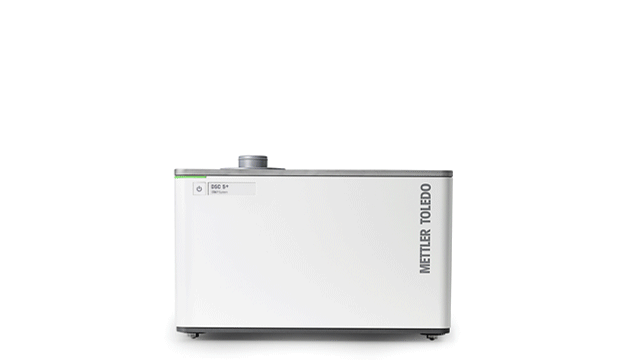In addition to heat flux and power compensation DSC, there are many types of differential scanning calorimetry, each with its own advantages and limitations. The choice of DSC technique depends on the specific sample being studied and the application.
METTLER TOLEDO is a leading provider of differential scanning calorimeters (DSC). We offer a diverse portfolio of DSC instruments, each designed with unique features and capabilities to cater to various applications. Explore our product brochures now to find the perfect DSC solution that suits your needs.
High-pressure differential scanning calorimetry (HPDSC) allows the thermal behavior of materials to be studied in a high-pressure environment by introducing a pressurized gas to generate the required conditions. The advantages of HPDSC include shorter analysis times due to accelerated reactions, and the simulation of pressurized process conditions.
Fast scanning calorimetry DSC (Flash DSC)
Fast scanning calorimetry or Flash Differential Scanning Calorimetry (Flash DSC) is used to study the thermal behavior of materials at very high heating and cooling rates. In Flash DSC, the sample is exposed to heating rates of up to 3,000,000 K/min and cooling rates of up to 2,400,000 K/min, allowing the study of materials that exhibit extremely fast thermal reactions and the analysis of reorganization processes that are not possible using conventional DSC.
DSC-Microscopy allows a sample to be examined visually while it is heated or cooled. This technique is useful when DSC curves exhibit effects that cannot immediately be understood or that generate little or no enthalpy. This enables, for example, identification of solid-solid transitions, overlapping effects, and the shrinkage of the sample to be observed.
DSC-Photocolorimetry (UV-DSC) enables photo-induced curing reactions to be studied as well as the effects of exposure time and UV light intensity on material properties to be investigated.



























